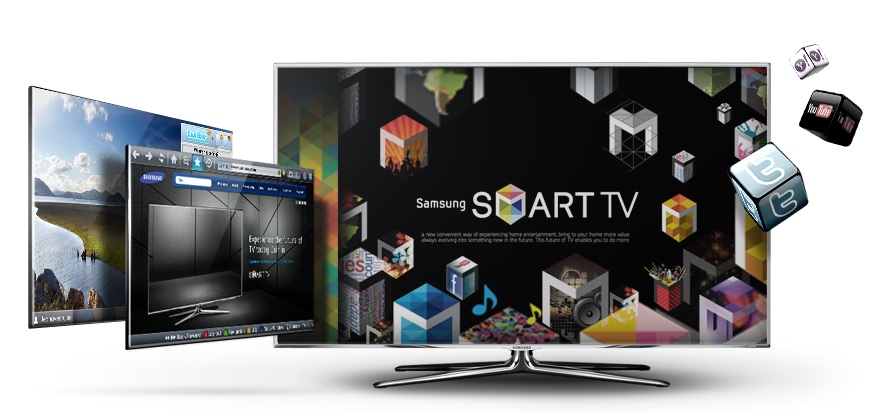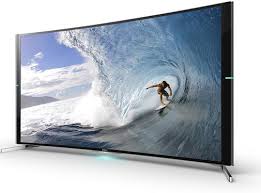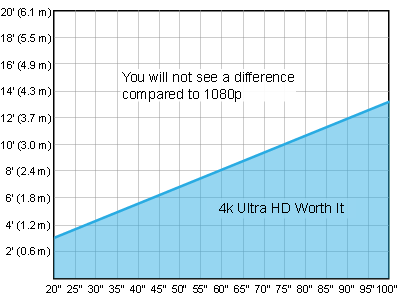 This is Part 1 of a series of posts that will explain everything you need to know about today’s TVs.
This is Part 1 of a series of posts that will explain everything you need to know about today’s TVs.
TV technology keeps improving each year, which is a bit of a double-edged sword. It is a thrill to get a new TV because picture quality keeps getting better and they have so many new features that make them capable of being much more than just a TV. On the other hand it is hard to keep up with it all. There are so many TVs models available, and objectively understanding what all the features and capabilities actually do and how they work can be they can be hard to sort through. I intend to take some of the mystery out of all this so you can be a better-informed consumer.
There is no way to do justice to explaining all the TV features in a single post so you will be seeing a number of “TV Features Explained” blog posts over the next few weeks.
 LCD, LED, and Plasma TV Technologies
LCD, LED, and Plasma TV Technologies
There are already some posts on describing a few TV technologies worth paying attention to, like what is the difference between LED, LCD, and Plasma technology, and how to choose one technology over the other. I have highlighted these links to go to those posts as they do a good job of showing the differences. Unfortunately there is no perfect TV for every situation. There are tradeoffs between different technologies that are worth understanding depending on where you are putting it.
 If you do decide on an LED technology, which happens to be the most popular TV available these days, then knowing the advantages of an IPS screen over a regular LED screen is worthwhile. In-Plane Switching (IPS) screens will improve the picture quality, viewing angles, and durability of an LED TV. I am a big fan of IPS screens but don’t take my word for it, have a look at this post to understand why and then check them out in the store.
If you do decide on an LED technology, which happens to be the most popular TV available these days, then knowing the advantages of an IPS screen over a regular LED screen is worthwhile. In-Plane Switching (IPS) screens will improve the picture quality, viewing angles, and durability of an LED TV. I am a big fan of IPS screens but don’t take my word for it, have a look at this post to understand why and then check them out in the store.
For instance, you can check out a couple of virtually identical TVs except one is an IPS panel and the other isn’t. A couple to look at are the LG 55LB5800 Smart HDTV and the LG 55LB6300 Smart HDTV. The 55LB6300 is an IPS panel and I think you will notice a definite improvement in picture quality. Better contrast, more depth of colour as well as black levels, and better viewing angles. The only real difference in the two TVs is the IPS panel and refresh rate.
 4K and OLED Technology
4K and OLED Technology
Another technology that is going more mainstream this year is 4K. OLED is not nearly as popular yet, but it has whole different set of advantages. Both are impressive and a definite step up from the HDTV screens we have become used to. To learn more about these, check out our post on how 4K Ultra HD is different from OLED. Again, there isn’t a right or wrong answer as to which one is better, there are tradeoffs between the two so it is worth knowing those. The resolution of 4K is superb, while the depth of picture of OLED is so fantastic that the best rated picture last year was the LG EC9300 OLED TV.

More Features and Technologies
To help you become an even more informed consumer stay tuned for more posts about many of the features and technologies that will help you understand what you should be looking for. I have already described features like MHL, active vs. passive 3D, and a variety of smart platforms. But there are a number of features that you will likely hear about and if you don’t, you should hear about them and understand them better so you can make informed decisions.
The features and technologies that will be explained in more detail are:
- refresh rates,
- picture resolution,
- viewing angles,
- contrast ratios and black levels,
- upscaling and upconverting.
I will try to explain them in layman’s terms, without getting too technical, but at least help you understand how the technology works. Even more importantly I will try to help you understand when a feature is more worth paying for and when it is not. So stay tuned.
You might be thinking, why explain things like resolution because it seems so straightforward. Sure, more pixels means better resolution so go for more, but in actual fact there are times when you will be wasting your money and times when it really makes a lot of sense to spend the extra dough. I will try to make that a lot clearer, no pun intended.
If there are some other features or technologies that you would like to know more about that is not on our list, let me know and I will cover it or at least try to answer your questions.



